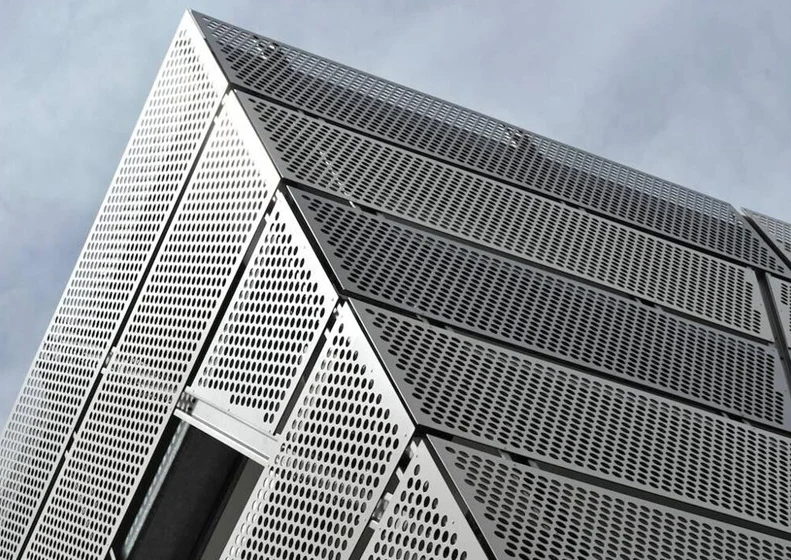This type of material is made by punching holes in a sheet of metal, creating a pattern of holes that vary in size, shape, and spacing. Perforations can be customized to meet specific design and functional requirements, making them a popular choice in many industries.
One of the key product advantages of punched metal mesh is its excellent strength and durability. The process of perforating a metal sheet actually enhances its structural integrity, making it resistant to bending, warping, and corrosion. This makes it an ideal material for outdoor applications as it can withstand harsh weather conditions without deteriorating.
Another advantage of perforated metal mesh is its versatility in design and function. Perforation patterns can be customized to achieve specific aesthetic and performance goals. For example, the size and shape of the holes can be adjusted to control the amount of light, air, and sound that pass through the material. This makes it a popular choice for architectural and interior design projects as well as industrial and filtration applications.
Additionally, perforated metal mesh offers excellent ventilation and airflow properties. The open areas created by the perforations allow air and light to pass through, making it an ideal material for HVAC systems, sun protection and acoustic panels. This helps improve indoor air quality, regulate temperatures and reduce energy costs.
Additionally, perforated metal mesh is a sustainable and environmentally friendly material. It is fully recyclable and can be manufactured using recycled metal, making it a first choice for green building projects and sustainable design initiatives.
Overall, the product advantages of punched metal mesh make it an ideal material for a wide range of applications. Its strength, versatility, ventilation properties and sustainability make it a valuable solution for architects, designers, engineers and manufacturers looking for reliable, efficient materials for their projects.

Post time: Mar-27-2024

